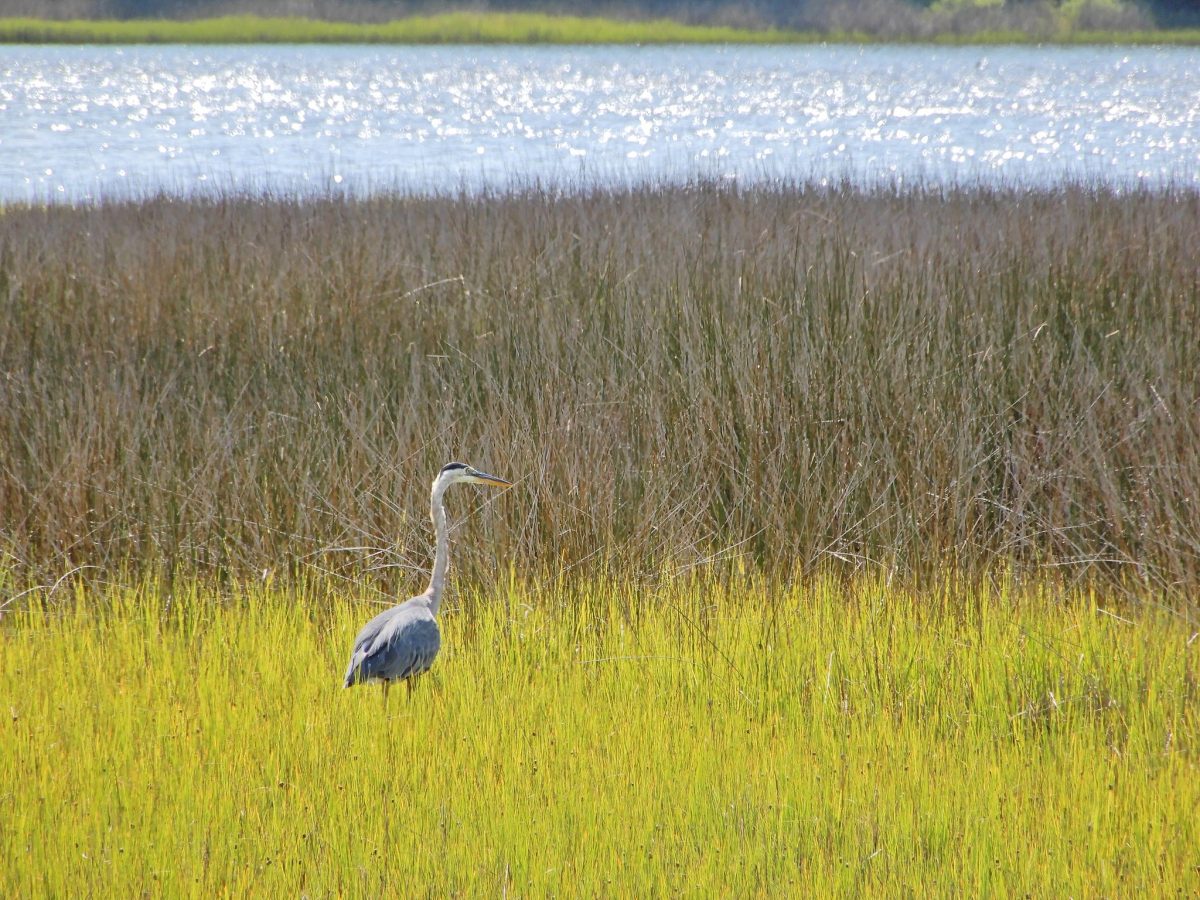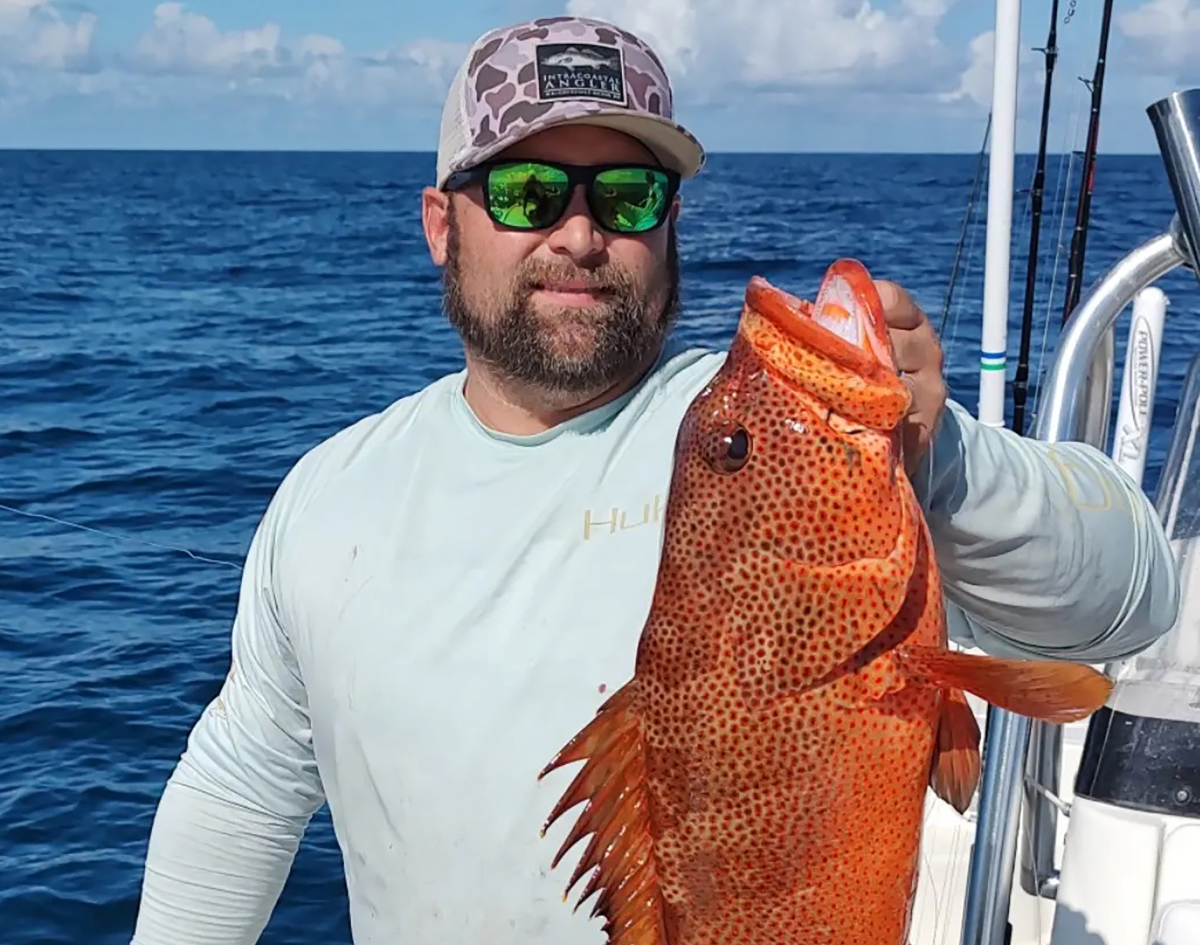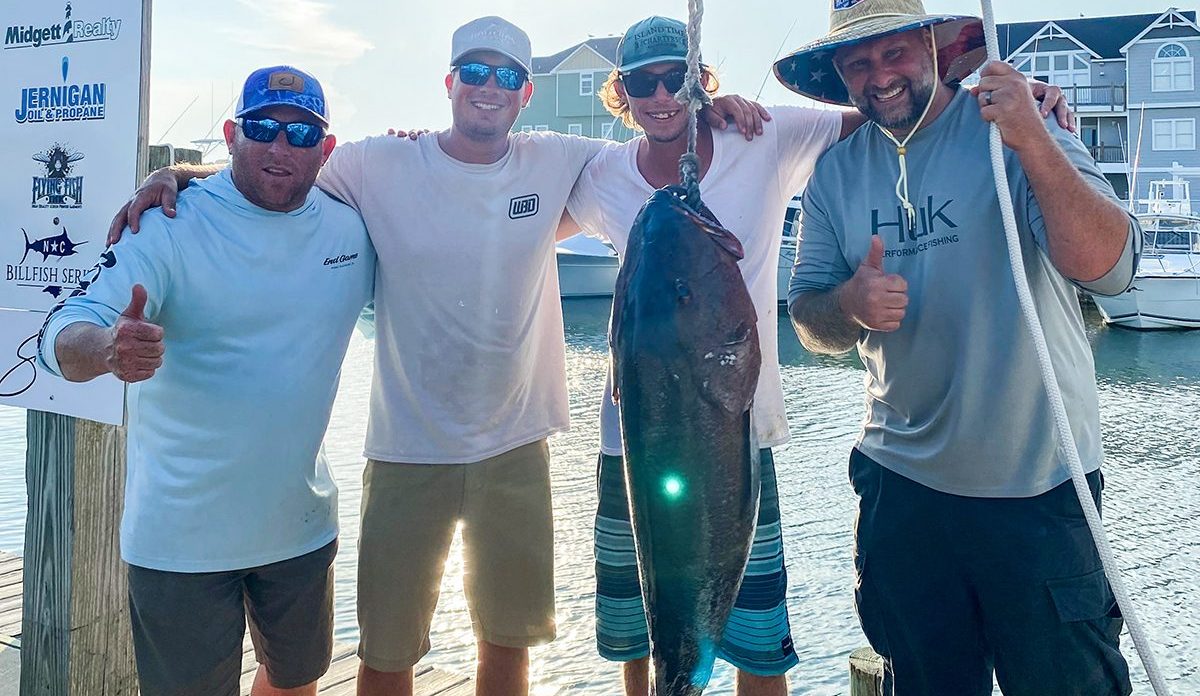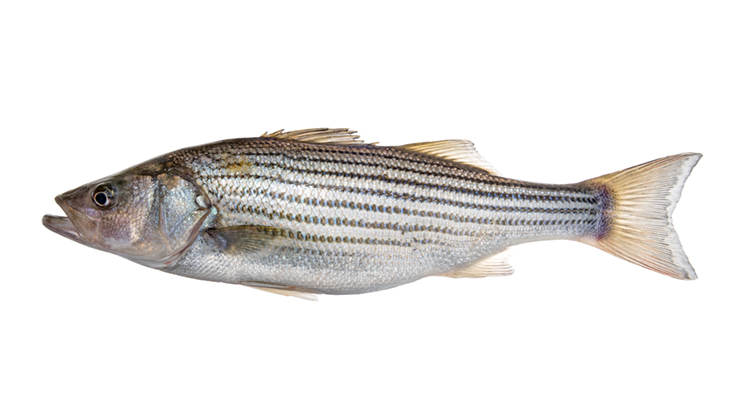
This story has been updated to note final approval for public review.
The Coastal Resources Commission this week approved the Coastal Habitat Protection Plan amendment for public review.
Supporter Spotlight
The commission voted Wednesday to approve public review of the amendment and a related appendix with input received during an early public comment period facilitated by the North Carolina Coastal Federation and The Pew Charitable Trusts with the Coastal Habitat Steering Committee’s approval.
The plan has been guiding the state’s “long-term enhancement of coastal fisheries through habitat protection and enhancement efforts” since its approval in 2004 by the North Carolina Marine Fisheries, Environmental Management and Coastal Resources commissions, according to the state. It is to be revised every five years to reflect changes in the status of habitat protection.
The Marine Fisheries Commission approved the 2021 amendment for public review during its meeting Aug. 27 and the Environmental Management Commission voted similarly last week.
Patricia Smith, communications director for the divisions of Marine Fisheries and Coastal Management, told Coastal Review that the meetings to accept public comment would be held by web conference and scheduled in conjunction with five Marine Fisheries Commission advisory committee meetings that are tentatively planned for October.
Related: Resilience, natural approach basis of habitat plan tweaks
Supporter Spotlight
The public also may submit comments through an online survey. Meeting dates and times, and links to the web conference and an online survey are to be announced in the next couple of weeks, she added.
“After the public comment period, the draft CHPP amendment will go back to the three commissions at their November meetings for final approval,” she said.
Before the Environmental Management Commission’s vote, Jimmy Johnson, coastal habitats coordinator with the Albemarle-Pamlico National Estuarine Partnership, explained to commissioners that the 2016 Coastal Habitat Protection Plan source document had not changed and will continue to serve as the science document for the amendment.
The Coastal Habitat Protection resulted from the 1997 Fisheries Reform Act and concerns over declining fish stocks and the need to address habitat and water quality in order to improve those stocks.
Johnson said that in addition to healthy fisheries, there are a number of other benefits that go along with healthy fish habitats and water quality. The healthy habitats provide ecosystem services such as water filtration, erosion and flood control, and these services help to sustain the coastal tourism economy, the fishing industry and help to build coastal community resilience.
Anne Deaton, habitat program manager with the Division of Marine Fisheries, told the Environmental Management Commission that there’s an emphasis on water quality improvements in the amendment because of the effects of water quality on fish habitat and some concerning trends.
The recommended amendments focus on five priorities presented in the following issue papers: Subaquatic Vegetation, Protection and Restoration through Water Quality Improvement; Wetland Protection and Restoration through Nature-Based Solutions; Environmental Rule Compliance to Protect Coastal Habitats; Wastewater Infrastructure Solutions for Water Quality Improvement; and Coastal Habitat Mapping and Monitoring to Assess Status and Trends.
Deaton said the five issue papers may not seem related at first glance, but they are. If recommended actions in the environmental rule compliance and wetlands issue papers are put in place, then impacts to wetlands should be reduced, and possibly increase wetlands, which will lead to improved water quality, and, in turn, help the seagrass. In addition, the wastewater issue paper will help water quality as well benefit seagrass. The mapping and monitoring issue paper will help understand habitat trends and help target future actions as needed.
“So, the overall goal for these collective action is to have healthy habitats and more fish and at the same time increased coastal resilience,” she said, adding that it’s important to know that protecting and restoring coastal habitats is a solution “that we’ve been hearing more about that can reduce climate change impacts, and therefore, it increases coastal community resilience.”
In addition to the amendment, Appendix A will also go out for comment and review.
Deaton explained that the appendix includes early public comment from a stakeholder workgroup organized by the North Carolina Coastal Federation and The Pew Charitable Trusts with the approval of the Coastal Habitat Steering Committee.
“The purpose was to develop some crosscutting voluntary water quality recommendations that would be beneficial for coastal habitats and relevant to the issue papers in this amendment,” she said.
Their summary report was presented to the CHHP steering committee at the last meeting, and the steering committee then directed the team to include the report in the appendix, so that the public can see that and weigh in on those recommendations as well as those in Chapter 9 of that CHHP amendment.”
The CHPP Steering Committee is made up of members of the Marine Fisheries, Coastal Management and Environmental Management commissions. These commissioners review and approve the plan, recommendations and action for implementation.
The steering committee discussed convening a stakeholder workgroup during its January meeting. In April, state Department of Environmental Quality staff and steering committee members voted unanimously to encourage the two organizations to convene the workgroup, according to the appendix.
From May to July, the federation, Pew, steering committee members, DEQ staff, partners and others, collectively known as the North Carolina Coastal Habitat Coalition, worked to identify a set of voluntary water quality improvement actions that would support the plan’s goals, could be executed over the next five years and help minimize the need for regulatory action.







